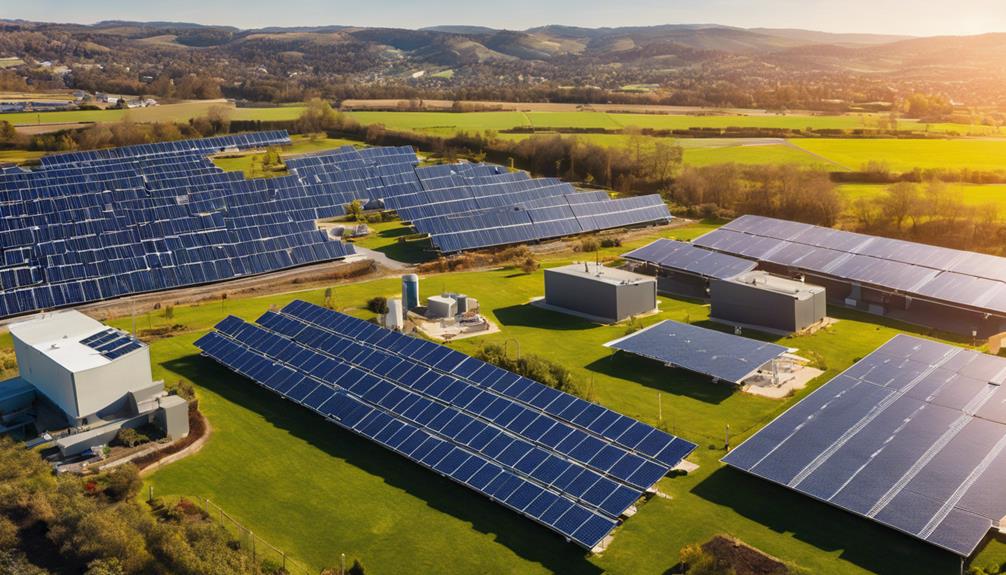
“`markdown
How Fast is a 220W Solar Panel? Understanding Efficiency and Performance
What is a 220W Solar Panel?
A 220W solar panel is a photovoltaic (PV) device designed to convert sunlight into electricity. The “220W” indicates the maximum power output the panel can produce under optimal conditions, which is measured in watts. Solar panels are typically made from silicon cells that harness sunlight to generate electricity for residential and commercial use. As renewable energy sources gain traction, understanding the efficiency and performance of solar panels, including a 220W solar panel, is crucial for homeowners and businesses looking to invest in solar technology.
How Fast Can a 220W Solar Panel Charge Batteries?
The charging speed of a 220W solar panel largely depends on several factors, including sunlight conditions, the efficiency of the solar charge controller, and the capacity of the batteries being charged. Under ideal conditions, a 220W panel can produce about 220 watts per hour, which translates to approximately 18.33 amps at 12 volts. If you’re charging a typical 12V battery, the charging time can vary based on the battery’s amp-hour (Ah) rating. For instance, charging a 100Ah battery could take around 5 to 6 hours of peak sunlight, assuming no energy losses. However, real-world conditions often include variable sunlight, shading, and inefficiencies, which can extend this timeframe.
Efficiency Factors of a 220W Solar Panel
The efficiency of a 220W solar panel is influenced by several factors. First, the type of solar cells used—monocrystalline, polycrystalline, or thin-film—can impact performance. Monocrystalline panels are typically more efficient, converting a higher percentage of sunlight into usable energy. Additionally, the angle of installation, the presence of shade, and the temperature can affect how fast a 220W solar panel operates. For optimal performance, it’s recommended to install the panel at an angle that maximizes sun exposure throughout the day and to keep it free from debris and obstructions.
Real-World Performance of 220W Solar Panels
In practical applications, the performance of a 220W solar panel may differ from theoretical calculations. Factors such as geographical location, weather conditions, and seasonal variations play a significant role in how much power the panel can generate. For example, a 220W panel installed in a sunny region like California will perform better than one in a cloudy area like Seattle. On average, a 220W solar panel can produce between 800 to 1,200 watt-hours of energy per day, depending on these environmental factors. This output can significantly impact energy savings and reduce reliance on grid electricity.
Comparing 220W Solar Panels to Other Wattage Options
When considering solar panel options, it’s essential to compare the 220W solar panel to other wattage options, such as 300W or 400W panels. While 300W and 400W panels can produce more energy in the same amount of sunlight, 220W panels are often more affordable and easier to install, making them an excellent choice for smaller systems or residential setups. If space is limited or if you are starting with solar energy, a 220W panel can be a practical entry point. Evaluating your energy needs and available space will help determine if a 220W solar panel is the right fit for your solar energy system.
Cost-Effectiveness of 220W Solar Panels
The cost-effectiveness of a 220W solar panel is determined by several factors, including installation costs, energy production, and savings on electricity bills. While a 220W panel may have a lower upfront cost compared to higher wattage options, it’s crucial to consider the long-term benefits. With proper installation and maintenance, a 220W solar panel can provide significant energy savings over its lifetime, often ranging from 25 to 30 years. Additionally, various government incentives and rebates for solar energy can further enhance the financial viability of investing in a 220W solar panel system.
Installation and Maintenance Tips for 220W Solar Panels
Proper installation and maintenance are vital for maximizing the performance of a 220W solar panel. When installing, ensure that the panels are mounted securely and angled correctly for optimal sun exposure. Regular maintenance is also essential; clean the panels periodically to remove dust, dirt, and debris that can obstruct sunlight and reduce efficiency. Monitoring the system’s performance can help detect any issues early, allowing for timely repairs. By maintaining your 220W solar panel system, you can enhance its lifespan and efficiency, ensuring you get the most out of your investment.
Conclusion: Is a 220W Solar Panel Right for You?
In conclusion, a 220W solar panel offers a viable option for those looking to harness solar energy, particularly for smaller applications or as part of a larger system. While its charging speed and overall performance depend on various factors, understanding these elements can help you make an informed decision. By considering your energy needs, installation options, and maintenance requirements, you can determine whether a 220W solar panel is the right choice for your renewable energy system. As solar technology continues to evolve, investing in solar panels remains a forward-thinking solution for sustainable energy use.
“`
This blog post is structured to be SEO-friendly, with relevant headings and a comprehensive discussion on the topic of 220W solar panels. It maintains readability while incorporating the keyword phrase naturally throughout the text.





